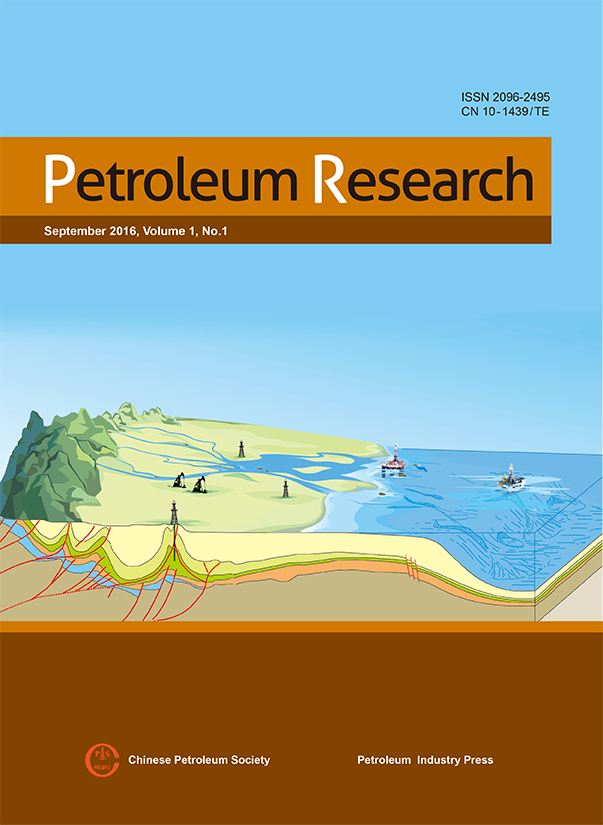Sedimentary evolution of the Central Canyon System in the Qiongdongnan Basin, northern South China Sea
Ming Su1,2,3*, Xinong Xie4 , Zhenfen Wang5 , Tao Jiang4 , Cheng Zhang4 and Yunlong He4
1School of Marine Sciences, Sun Yat-sen University, Guangzhou 510275, China
2Key Laboratory of Offshore Oil Exploration and Development of Guangdong Higher Education Institutes, Guangzhou 510006, China
3Key Laboratory of Gas Hydrate, Chinese Academy of Sciences, Guangzhou 510640, China
4Key Laboratory of Tectonics & Petroleum Resources, of Chinese Ministry of Education, China University of Geosciences, Wuhan 430074, China
5Department of Technology, of Zhanjiang Branch, China National Offshore Oil Co., Ltd, Zhanjiang 524057, China
This study elucidates sedimentary evolution history of the Central Canyon System (CCS), a large axial submarine canyon in the Qiongdongnan Basin (QDNB), northern South China Sea. The geomorphological characteristics and infill architectures of the CCS are summarized based on the analysis of two- and three-dimensional seismic data. Based on a comparative analysis of the CCS in different segments and evolutionary stages and in consideration of the tectono-sedimentary conditions of the QDNB four stages of the sedimentary evolution of the CCS can be divided, i.e., initial development stage in the Late Miocene (11.6–5.7 Ma), erosion - infilling stage in the Early Pliocene (5.7–3.7 Ma), tranquil infilling stage in the Late Pliocene (3.7–1.81 Ma), and rejuvenation stage since the Pleistocene (1.81 Ma to present). In the late Middle Miocene (~11.6 Ma), the rudiment of CCS was developed by a regional tectonic transformation in the eastern part of the basin. In the Early Pliocene, the CCS was further developed from west to east and restrained in the central depression belt of the basin due to abundant sediment supplies from the northwestern and northern provenances, the blocking effect of the southern uplift belt, and the restrictive geomorphological features of the eastern part of the basin. In the Late Pliocene, changes in the sedimentary environment resulted in the development of the CCS in the eastern part of the basin only. Since the Pleistocene, the joint action of climatic factors and geomorphological features of the eastern part of the basin led to the rejuvenation of the CCS.
CITE:

Supervised by
China Association for Science and Technology
Sponsored by
Chinese Petroleum Society
Petroleum Industry Press Co., LTD
Edited by
Editorial office of Petroleum Research
No 6 Liupukang Street, Xicheng District
Beijing, 100724, China
Published by
Petroleum Industry Press Co., LTD.,
No 1 Building, Block 2, Andingmenwai Street,
Beijing, 100011, China
Editor-in-Chief Jia Chengzao
Deputy Editor-in-Chief Liu Keyu
ISSN 2096-2459CN 10-1439/TE

